Aphids and other pests can wreak havoc on rose plants, causing damage to foliage, buds, and stems, and reducing the overall health and vigor of the plants. Effective pest control measures are essential for maintaining healthy roses and preventing infestations from spreading. In this guide, we’ll explore strategies for controlling aphids and other common rose pests, allowing you to protect your prized roses and enjoy their beauty without the threat of destructive pests.
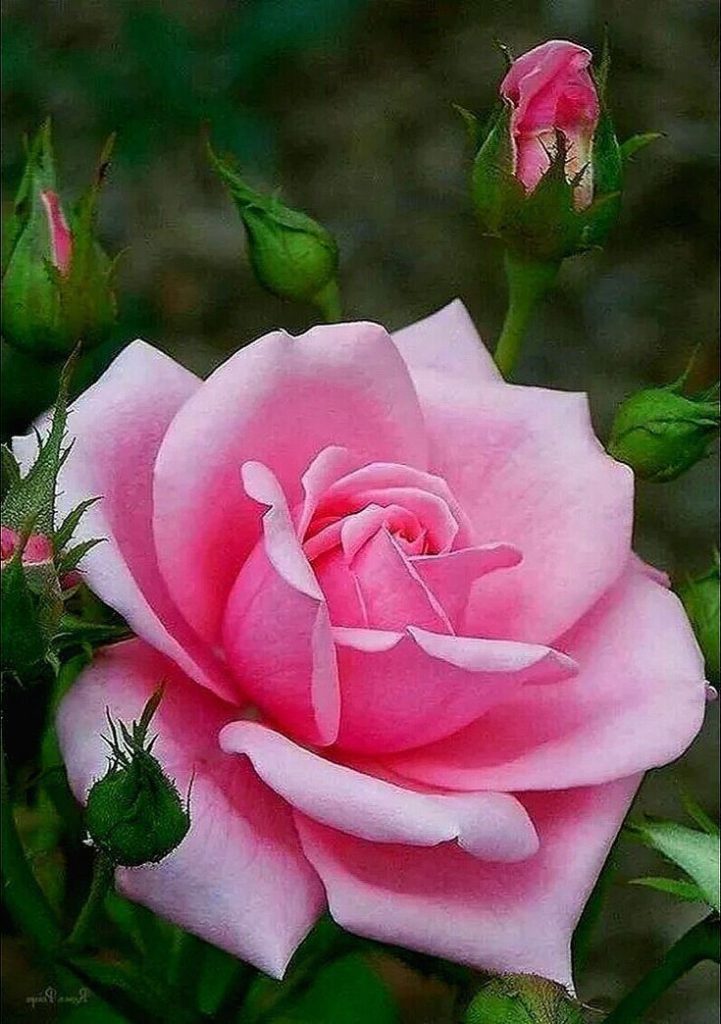
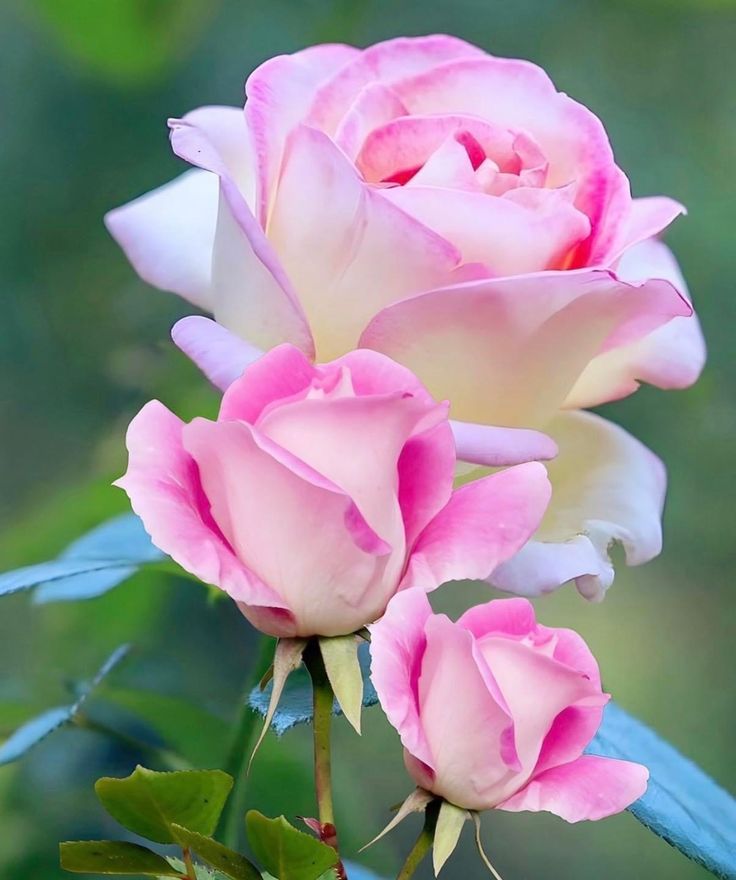
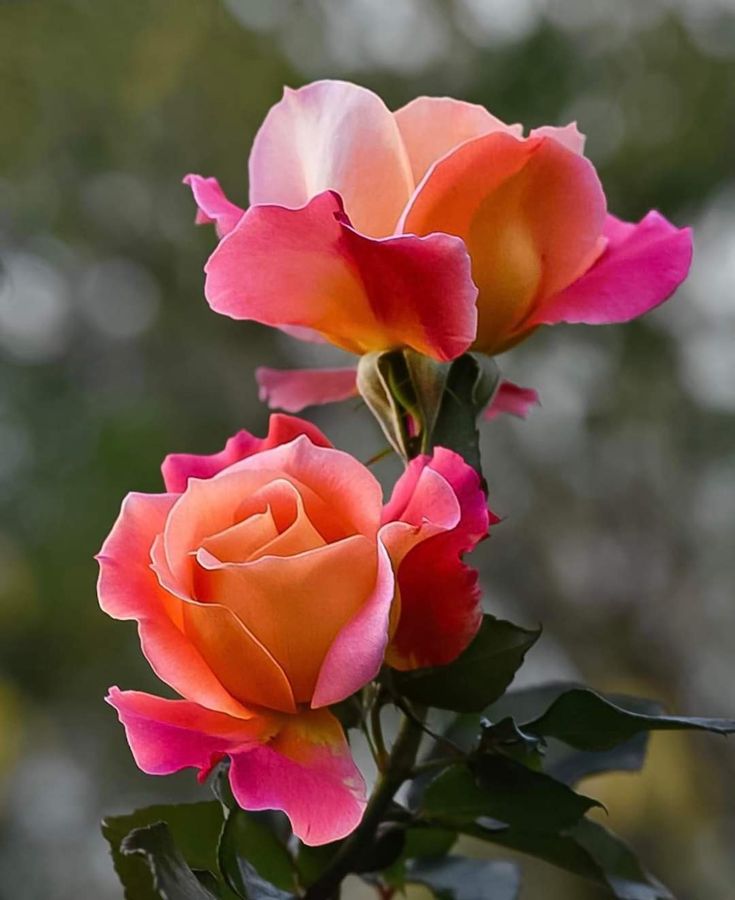
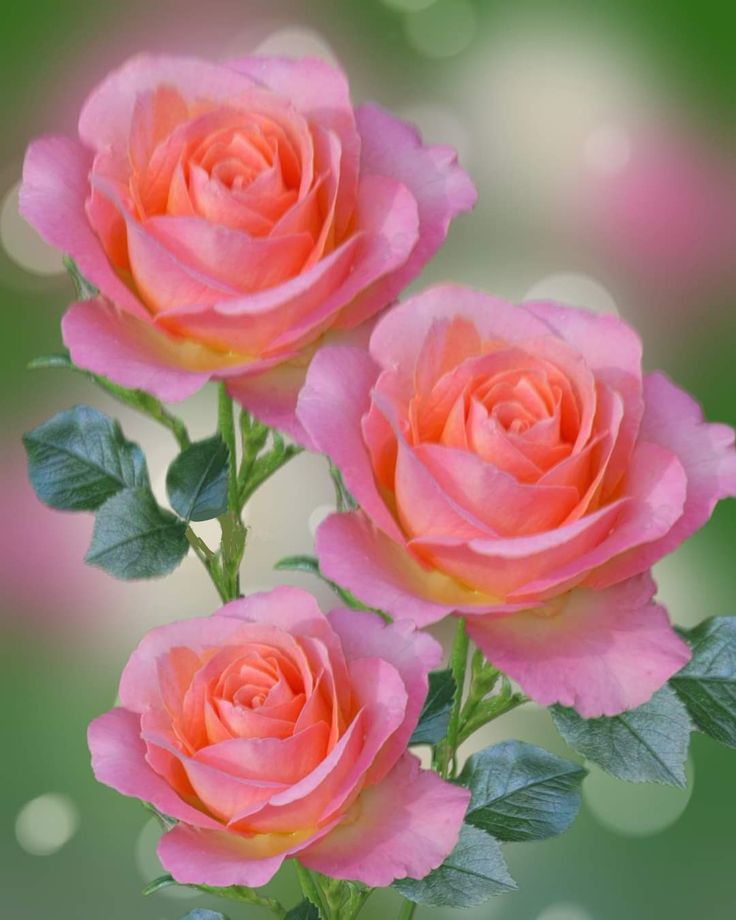

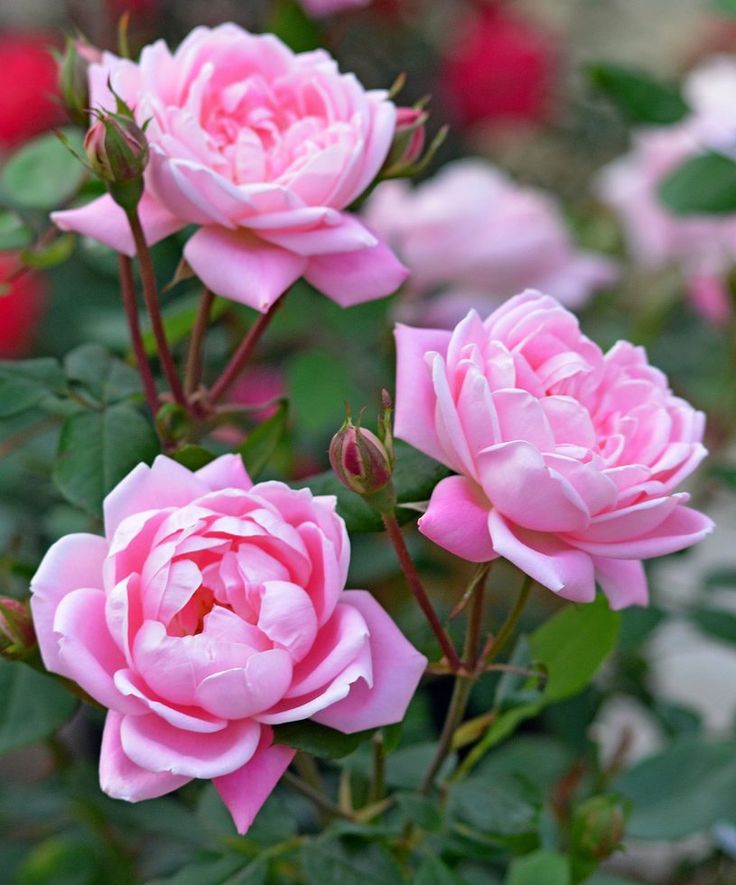
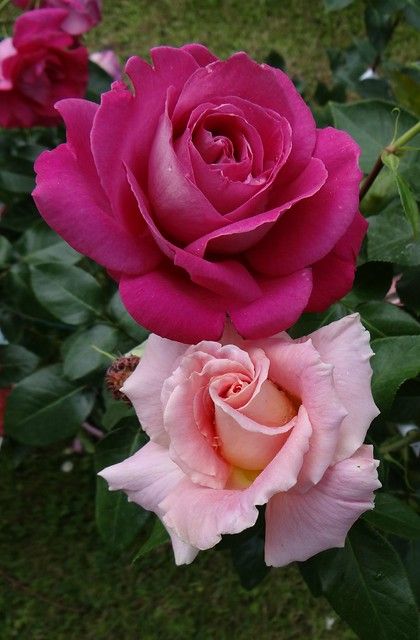
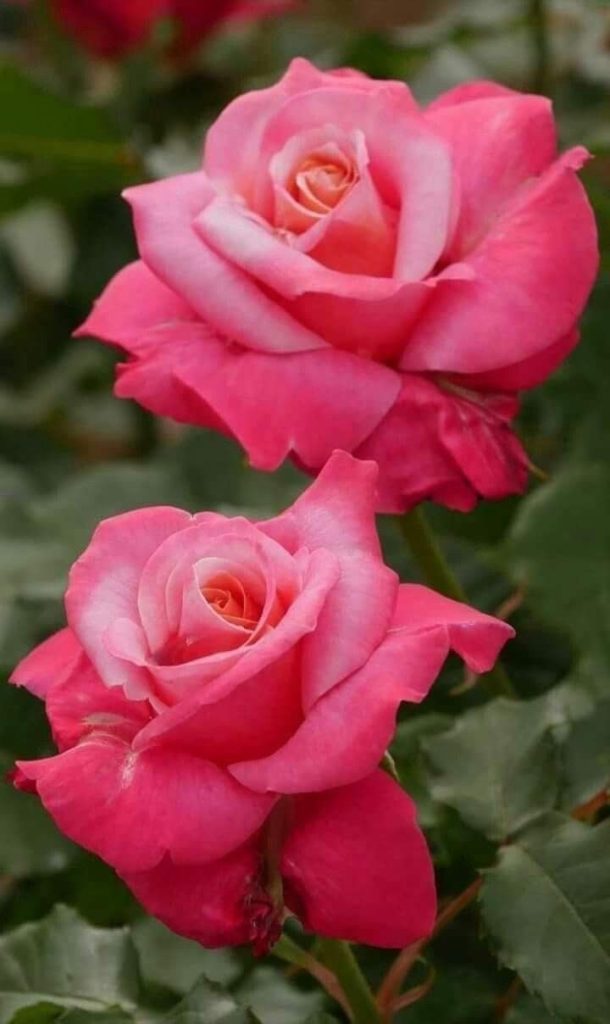
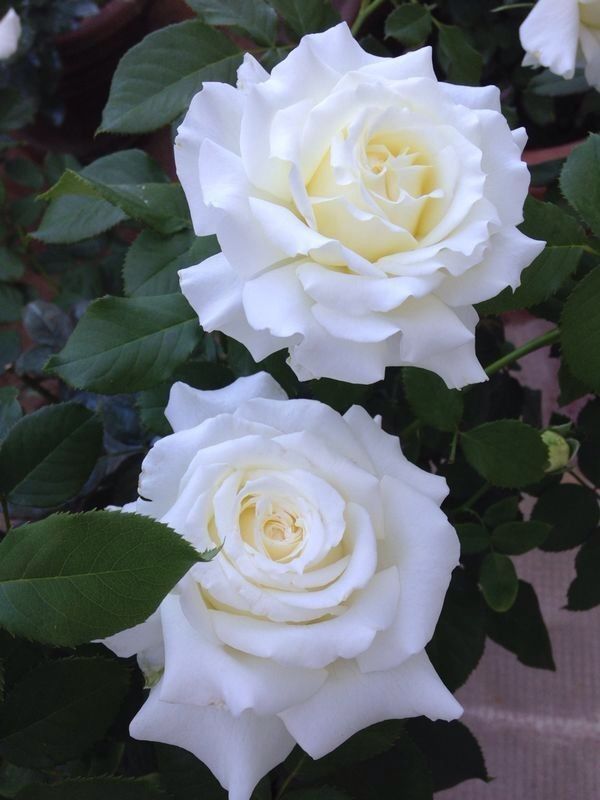

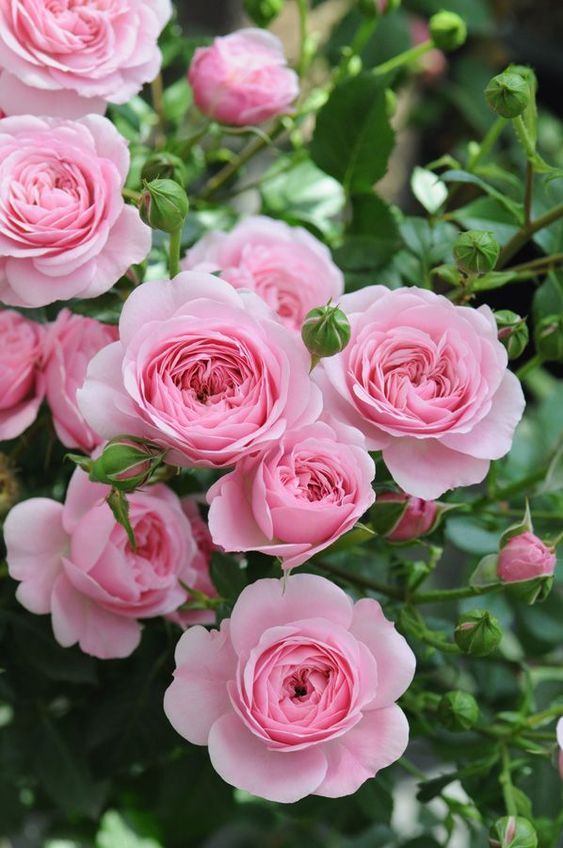
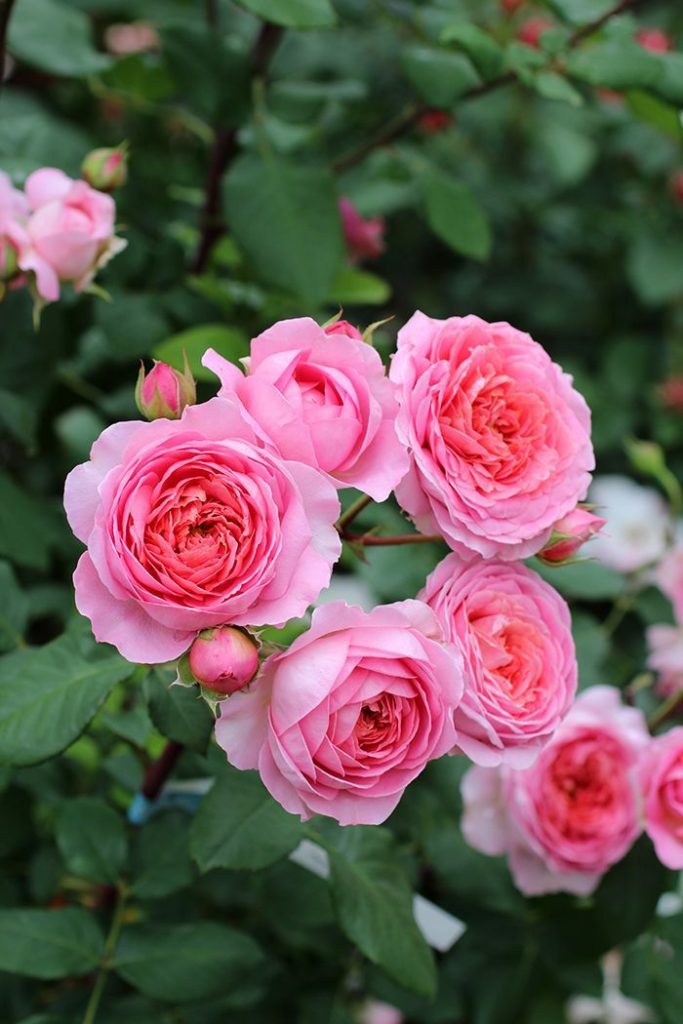
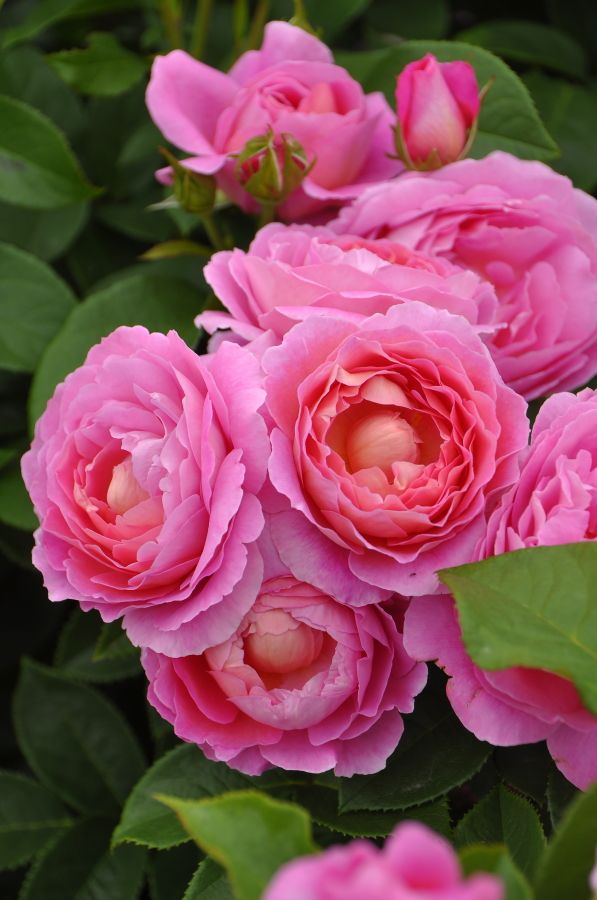
Identifying Common Rose Pests
**1. *Aphids*
- Description: Small, soft-bodied insects ranging in color from green to black, often found clustered on new growth, buds, and undersides of leaves.
- Damage: Aphids suck sap from tender plant parts, causing distortion, yellowing, and curling of leaves, as well as stunted growth and reduced flowering.
**2. *Spider Mites*
- Description: Tiny arachnids that feed on plant sap, causing stippling, yellowing, and webbing on leaves, especially in hot, dry conditions.
- Damage: Spider mites can quickly multiply and infest entire plants, causing severe damage and weakening plant health.
**3. *Thrips*
- Description: Small, slender insects with fringed wings, often found feeding on flower buds and young leaves.
- Damage: Thrips feed by rasping plant tissue, causing silvery or bronzed streaks on leaves, distorted growth, and premature bud drop.
**4. *Rose Chafers*
- Description: Metallic green beetles with long legs and antennae, feeding on flower petals and foliage.
- Damage: Rose chafers chew on flower petals and leaves, causing cosmetic damage and reducing bloom quality.
Integrated Pest Management (IPM) Approaches
**1. *Cultural Practices*
- Maintain overall plant health through proper watering, fertilization, and pruning practices to minimize stress and make roses less susceptible to pest infestations.
**2. *Monitoring*
- Regularly inspect roses for signs of pest activity, including distorted foliage, sticky honeydew residue, and visible insects. Early detection allows for prompt intervention before infestations escalate.
**3. *Natural Predators*
- Encourage natural predators such as ladybugs, lacewings, and predatory mites to feed on aphids and other pests. Planting companion plants that attract beneficial insects can help establish a balanced ecosystem in the garden.
**4. *Mechanical Control*
- Use physical methods such as spraying plants with a strong stream of water to dislodge aphids and other pests from foliage. Prune and remove heavily infested plant parts to reduce pest populations.
**5. *Biological Controls*
- Release beneficial organisms such as parasitic wasps and predatory nematodes to target specific pests without harming beneficial insects or pollinators. Biological control agents can help suppress pest populations and prevent outbreaks.
Chemical Treatments
**1. *Insecticidal Soaps and Oils*
- Use insecticidal soaps or horticultural oils to control aphids, spider mites, and other soft-bodied pests. These products suffocate and desiccate insects on contact, providing effective control with minimal impact on beneficial insects.
**2. *Botanical Insecticides*
- Apply botanical insecticides derived from plant extracts such as neem oil, pyrethrins, or insecticidal extracts to target specific pests while minimizing harm to beneficial organisms. Follow label instructions carefully for safe and effective use.
**3. *Systemic Insecticides*
- Consider using systemic insecticides containing neonicotinoids or other active ingredients to control persistent pest infestations. Systemic insecticides are absorbed by plants and provide long-lasting protection against sucking insects.
Preventive Measures
**1. *Companion Planting*
- Plant aromatic herbs such as basil, chives, and marigolds around roses to deter aphids and attract beneficial insects. Companion planting can help create a natural barrier against pests and promote a diverse garden ecosystem.
**2. *Mulching*
- Apply a layer of organic mulch around rose plants to suppress weed growth, conserve soil moisture, and deter pests such as thrips and spider mites. Mulching also helps regulate soil temperature and improve overall growing conditions for roses.
**3. *Sanitation*
- Practice good garden hygiene by removing fallen leaves, pruned branches, and other plant debris that may harbor pest eggs or fungal spores. Regularly clean and disinfect pruning tools to prevent the spread of diseases between plants.
Conclusion
By implementing a combination of preventive measures, cultural practices, and targeted pest control strategies, you can effectively manage aphids and other common rose pests and maintain healthy, pest-resistant roses in your garden. With careful attention and proactive management, you can enjoy vibrant, pest-free roses that thrive and flourish throughout the growing season.
FAQs About Controlling Rose Pests
- Q: Are chemical insecticides safe to use on roses?
- A: Chemical insecticides should be used judiciously and as a last resort, as they may harm beneficial insects, pollinators, and the environment. Whenever possible, opt for less toxic alternatives such as insecticidal soaps or botanical insecticides.
- Q: How can I attract beneficial insects to my garden?
- A: Plant a diverse selection of flowering plants, herbs, and native species to provide nectar, pollen, and habitat for beneficial insects. Avoid using broad-spectrum insecticides that may kill beneficial organisms along with pests.
- Q: Can I use homemade remedies to control aphids on roses?
- A: Yes, homemade remedies such as garlic or chili pepper sprays, insecticidal soap solutions, or neem oil extracts can be effective against aphids when applied regularly and directly to infested plants.